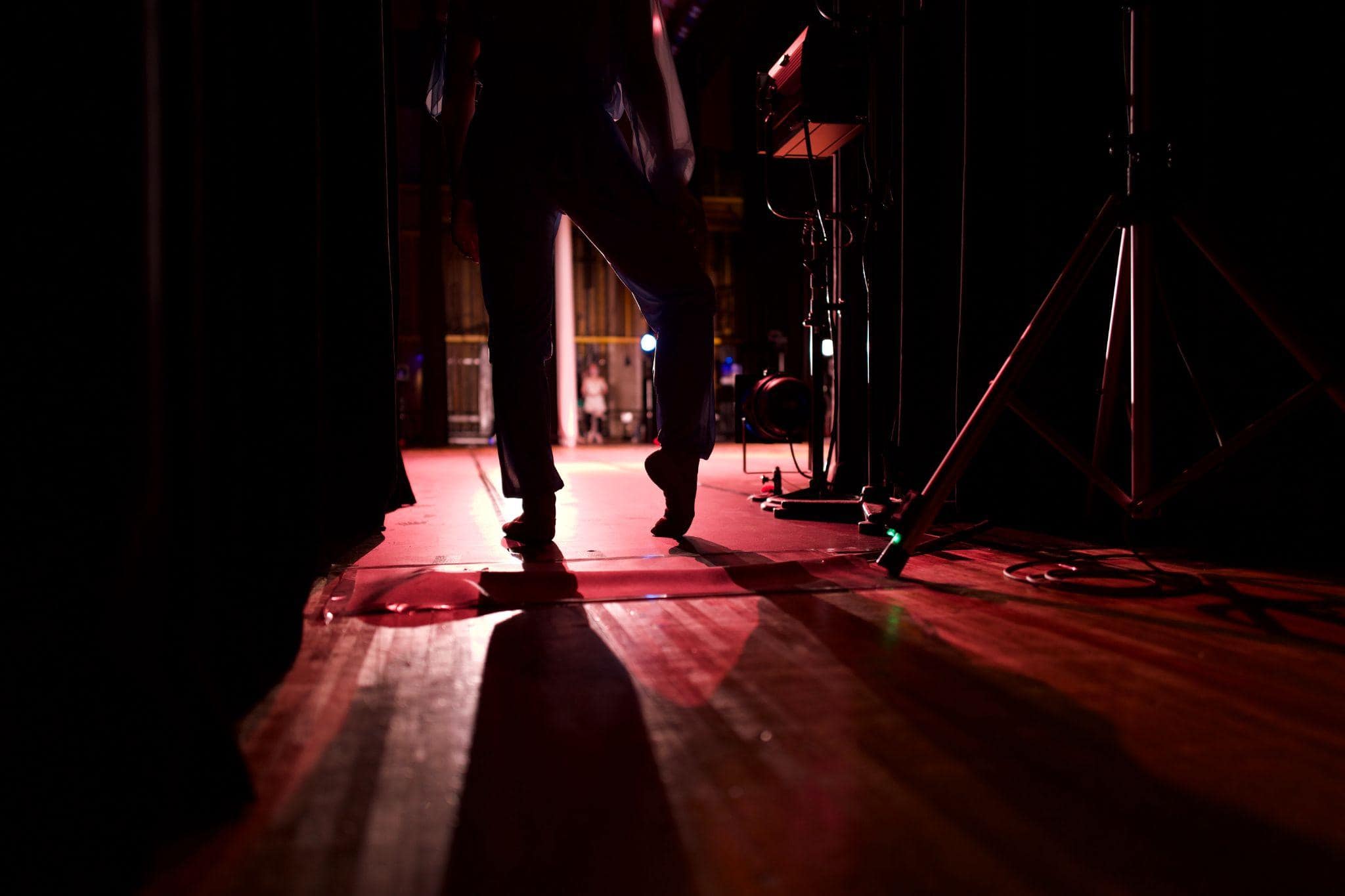Ballet Techniques, Styles, and Methods
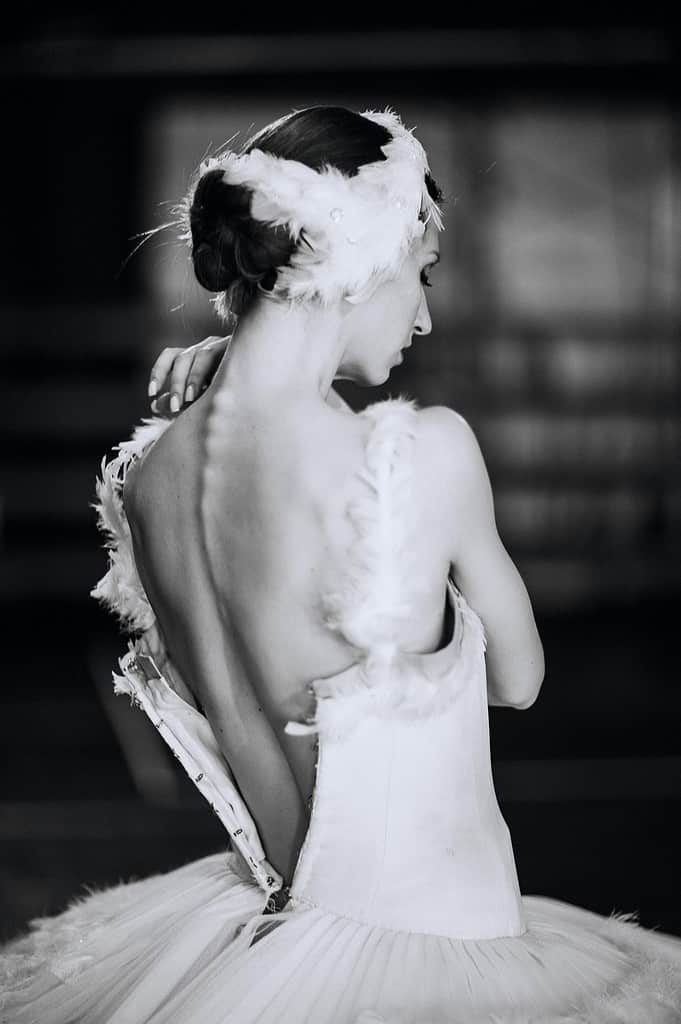
Understanding the historical foundations of ballet can help you determine which ballet techniques, styles, and methods best suit your goals.
In other words, you need to find out how to make your heart dance!
Together, these elements can deepen your understanding of ballet and set you on a path to develop and refine your ballet technique.
In this blog post, I will introduce the four most popular ballet styles and explore a range of training methods and ballet techniques to consider.
Whether you aspire to dance professionally or simply wish to enhance your ballet skills, having this insight will undoubtedly enrich your journey and prepare you for a versatile career in dance.
WHAT ARE THE DIFFERENT BALLET STYLES?
There are so many different styles of ballets, with each style having distinct themes, music accompaniments, costumes, and narratives.
From the graceful swan in Swan Lake to the romantic long tutu of Giselle. From the renowned works of Jiri Kylian to the more abstract and contemporary works of Ohad Naharin.
Ballet has evolved into a vast world of various styles and a diverse array of dancers.
CLASSICAL BALLET
Classical Ballet is perhaps the most uncompromising of ballet styles, and the one most people know.
How can you not imagine a ballerina in a white tutu dancing on her tippy toes, right?
Classical Ballet is characterised by its elegant and precise movements, elaborate costumes, and theatrical narratives.
With precise training methods, traditional techniques, and a structured set of vocabulary, Classical Ballet is renowned for its impeccable technique, dancers on pointe, and exceptional lines, and extensions.
NEOCLASSICAL BALLET
Neoclassical Ballet is an intriguing mix of Classical Ballet and Contemporary Ballet.
George Balanchine, renowned for his work shaping this style, paved the way for elongating ballet lines, experimenting with speed and fluidity of movement, and using unconventional dance movements.
While Neoclassical Ballet retains certain classical elements (ie. dancers on pointe), it also introduces a more experimental quality of dancing with less theatrics in comparison to Classical Ballet.
ROMANTIC BALLET
Romantic Ballet, influenced by the art and literature of the 19th century, places a strong emphasis on emotion and storytelling.
Distinguished by the iconic long romantic tutu seen in La Sylphide, this style often features ethereal, sylph-like characters.
While very similar to Classical Ballet, Romantic Ballet shows a softer and delicate quality, with a more rounded port de bras, and the body positioned leaning forward.
If you watch carefully, it almost appears like the ballerinas are gracefully gliding or floating across the stage.
CONTEMPORARY BALLET
Contemporary Ballet is a mix of Classical Ballet and modern dance.
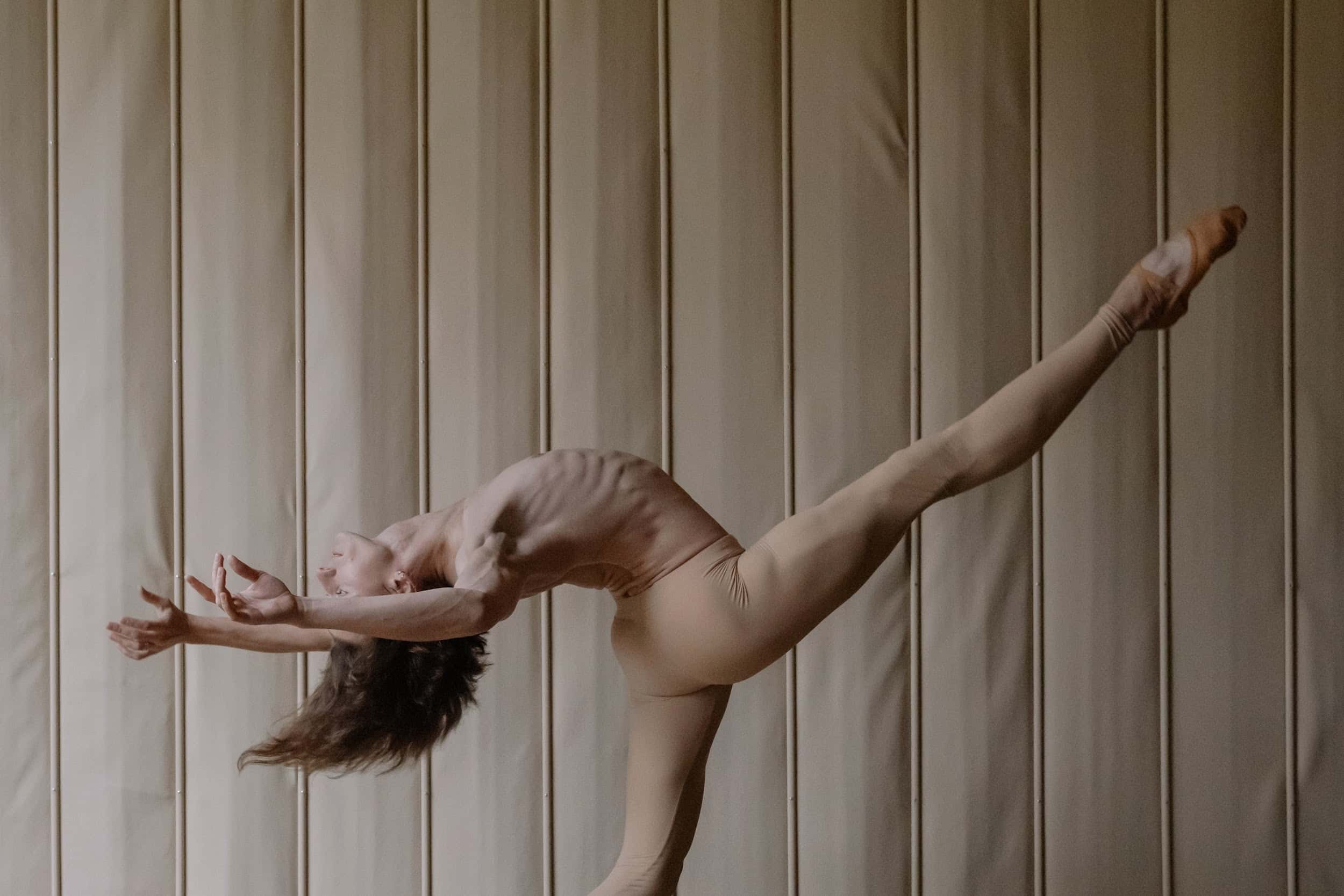
It combines elements from both the old and the new.
Contemporary Ballet offers dancers a greater freedom of movement, and choreographers endless possibilities.
Without boundaries or limits, Contemporary Ballet allows dancers to express themselves without being confined by strict techniques.
WHAT ARE THE TECHNICAL METHODS OF BALLET?
There are many prominent technical methods of ballet, all of which offer a slightly distinct style of ballet, and a different focus on training.
Dancers will often encounter many of these different ballet methods throughout their careers.
The specific ballet method will depend on:
One thing is for sure, there are endless possibilities to experience and develop a wide repertoire.
Listed below are some of the most renowned ballet technique methods:
VAGANOVA METHOD
The Vaganova Method, originating in Russia and developed by Agrippina Vaganova, emphasises the development of a strong and flexible body while maintaining clean lines.
It is a more deliberate and measured training approach, focusing on coordination, musicality, and expressiveness.
This method sculpts dancers with elongated and lean physiques, poised posture, and a refined quality of port de bras.
Having trained in the Vaganova method myself, I highly recommend this style of training. It offers dancers a solid foundation, impeccable control and coordination, and a deep understanding of epaulement.
ROYAL ACADEMY OF DANCE (RAD)
The Royal Academy of Dance, established in London, is known for its structured syllabus and graded examinations that highlight artistic expression and musicality.
It consists of two syllabi:
- Graded Examination Syllabus: Combines Classical Ballet and character work, progressively getting more challenging with each grade.
- Vocational Examination Syllabus: Designed for older students, with a focus on Classical Ballet and pointe work. This method places importance on balance, precision, and a well-rounded foundation in Classical Ballet.
BALANCHINE METHOD
The Balanchine Method, created by George Balanchine, is closely linked with American Ballet, specifically the New York City Ballet.
It represents a more modern ballet style.
It emphasises speed, musicality, and intricate footwork, with a focus on athleticism and modern aesthetics.
Characterised by its open arabesque (creating the illusion of a higher arabesque), deep plies, and unique port de bras, this method is unmistakable!
BOURNONVILLE METHOD
The Bournonville Method, created by August Bournonville, is characterised by its minimal use of the arms.
Under this method, dancers typically maintain a bras en bas position even during jumps and pirouettes.
It’s known for its incredibly fast footwork, (particularly the batterie), which highlights the strength and athleticism of male dancers.
This method shows a very humble way of dancing.
There are no extra flourishes that you may find in other styles. Instead, the eye line is generally lowered to give the impression of kindness rather than arrogance.
FRENCH METHOD
The French Method, as taught at the Paris Opera Ballet School, is structured around the following five-point system:
It places a strong emphasis on proper alignment and breathing to create flowing movement.
The French Method is also praised for its ability to teach dancers to convey emotion, expression, and storytelling.
EASY BALLET TERMINOLOGY
Each ballet step and movement has a particular name.
But…
Trying to decipher ballet terminology (especially if you’re new to this world), can feel like you’re learning a new language.
Don’t worry, we’ve all been there!
I like to think of ballet terminology as a secret code for elegant athletes.
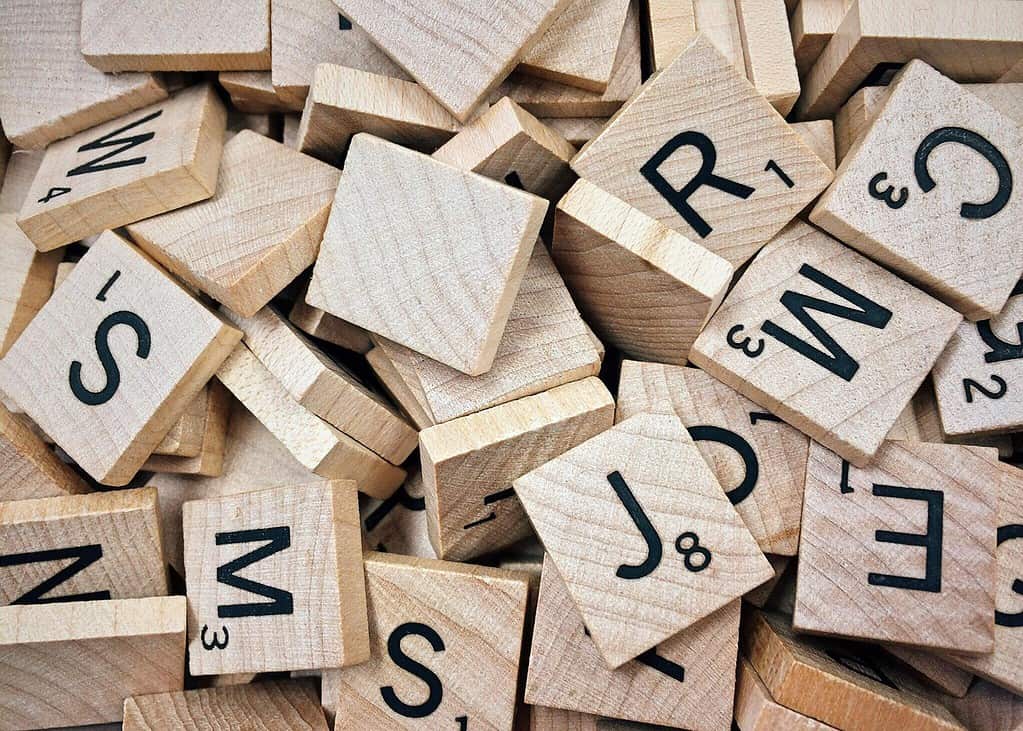
Once you’re in the club though, you’ll be able to:
Here’s a simple list of basic ballet terminology to help get you started.
BASIC BALLET POSITIONS
Plie
Plie means to bend in French. It is the cornerstone for more intricate steps, like preparing for a pirouette or commencing a jump.
Dancers perform plie by bending their knees while keeping their heels on the ground.
It is usually the first exercise performed at the ballet barre and plays an integral role in warming up the body.
Tendu
Tendu means stretched in French. It involves a dancer extending one foot along the floor from a closed position to an open position.
Tendus are essential for refining foot articulation and strength, leg extension, and correct alignment.
Saute
Saute means jumped in French (no, not a way of cooking vegetables).
It signifies a jump that originates from both feet and finishes on both feet. It serves as the foundation for all jumping in ballet. Plie, Tendu, and Saute form some of the fundamental building blocks in ballet.
Once you’ve mastered these basic positions, you can progress to more intricate and advanced dance movements.
Foutte
Foutte, meaning whipped, describes a series of consecutive pirouettes, where the working leg extends and whips around to passe.
This series of turns mesmorises audiences, and is commonly seen in ballet productions such as Swan Lake and Don Quixote, showcasing a dancer’s impressive technique and control.
DEVELOPPE
Developpe, meaning to develop, refers to a movement in which a dancer extends one leg from a bent position (passe) to a straight position. This movement highlights a dancer’s flexibility and creates a beautiful extended line.
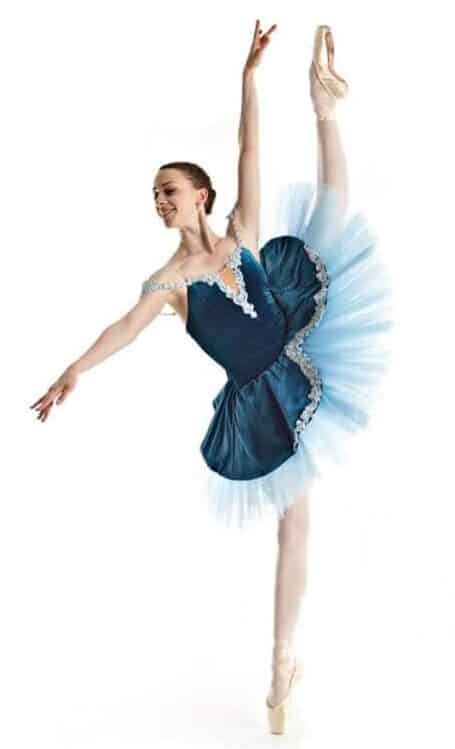
ARABESQUE
Arabesque is a position in which a dancer balances on one leg while extending the other leg straight behind them.
The arms can assume various positions, and dancers often aim to achieve an arabesque with the extended leg above 90 degrees.
PIROUETTE
A Pirouette is a fundamental turning movement in dance. It involves the dancer executing a complete turn while balancing on one leg, with the other leg usually positioned in a passe position.
Pirouettes can be performed:
Dancers often aim to achieve multiple turns, in all sorts of different positions (such as in arabesque or attitude), showcasing their technical ability and control.
GRAND JETE
Grand Jete, meaning big throw in French, is a powerful and explosive leap in ballet.
It involves a dancer extending their legs outward in opposite directions, creating a split-like position while soaring into the air.
This movement highlights a dancer´s athleticism, extension, and grace (and really, just looks cool).
BENEFITS OF GOOD BALLET TECHNIQUE
Strong technique in dance has many advantages, including a strong foundation for various styles and complex choreography, enhanced artistic expression (especially through port de bras), and effective injury prevention.
Although technique is not everything, it holds significant value for dancers and should be practised constantly.
BASIC FOUNDATION FOR ALL STYLES OF DANCE
In the world of dance, the value of good ballet techniques can sometimes be overshadowed by flashy tricks and acrobatics.
However, good ballet techniques are the true backbone of dance and should never be sacrificed.
Good technique:
The need for precise ballet techniques primarily revolve around the correct use of the legs and feet. While the lower body forms the foundation, the upper body and core enable proper posture and freedom of movement.
Don’t expect to master all of the ballet techniques in one class! Ballet techniques requires daily practice and continuous refinement.
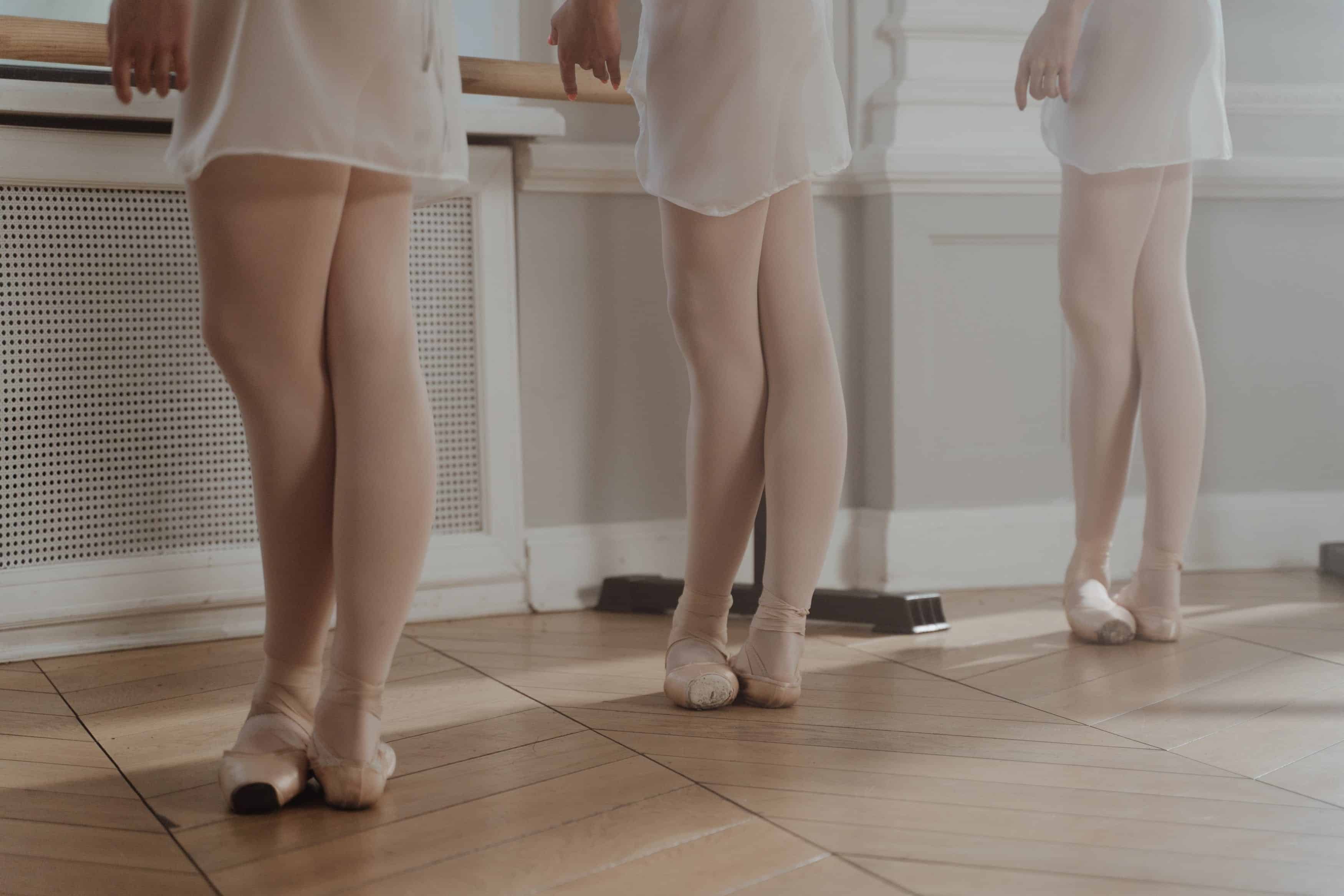
Even professional dancers are constantly fine-tuning their technique.
PORT DE BRAS – ARTISTIC EXPRESSION
Ever wondered how a dancer can convey the essence of a swan?
The answer lies in their arms, or port de bras, which beautifully mimics the wings of a swan.
Good technique is not just about the legs, but also about the arms (ladies, don’t skip arm day!).
Ironically, the simplest aspects can be the most challenging, and refining your port de bras is just as important as perfecting your footwork.
How a dancer moves and carries their arms through space to create an appearance of weightlessness elevates a dancer beyond the technical realm and transforms them into an artist.
PREVENTS INJURIES
Effective technique is the key that safeguards dancers from injury. Without it, dancers are susceptible to improper alignment and muscle imbalances.
How can a dancer execute a grand jete correctly if they don’t land properly from a saute?
Technique is the foundation of freedom in movement, providing the necessary strength and support for safe and unrestricted movement in dance.
Overlooking this can regrettably lead to negative consequences.
BALLET STYLES, METHODS, AND TECHNIQUES – FAQs
HOW DOES A DANCER ACHIEVE A GRACEFUL AND EXPRESSIVE PORT DE BRAS?
Mastery of a graceful and expressive port de bras begins with understanding basic arm positions.
Arm positions serve as the building blocks for creating shapes and lines.
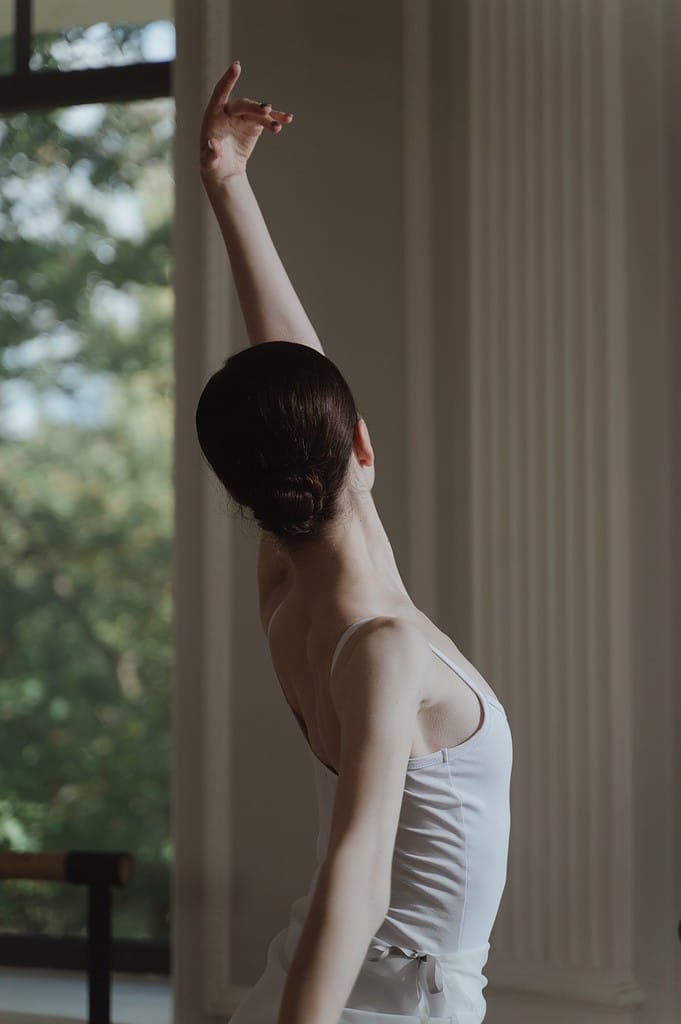
The best way to achieve a graceful port de bras is to maintain a well-supported posture and a strong core. This will allow the arms to move in harmony with the body.
From this foundation, add fluidity to arm movements by coordinating with your breathing, keeping your hands soft and fingers relaxed.
This allows for artistic expression, infusing emotion and storytelling into your arms.
WHAT’S THE DIFFERENCE BETWEEN CLASSICAL BALLET AND CONTEMPORARY BALLET?
The differences between Classical Ballet and Contemporary Ballet are represented in the Table below.
Classical Ballet
Contemporary Ballet
HOW DOES A DANCER TRANSITION BETWEEN DIFFERENT BALLET STYLES AND ADAPT THEIR TECHNIQUE ACCORDINGLY?
Dancers, with a strong technical foundation, can generally adapt quickly when shifting between ballet styles.
During the transition phase, it’s vital to spend time practising and truly grasping the specific steps and intricacies of the new style.
Pay special attention to elements such as:
Always keep an open mind and explore new dimensions of your artistry.
Let each style reveal a unique aspect of your dancing, and improve your overall versatility as a dancer.
WRAP UP
Different styles of ballet and training methods provide dancers with distinctive paths for artistic expression and personal development of ballet techniques.
With time and experience, dancers will continue to evolve and expand their horizons in the diverse world of dance.
Remember, that training in one style does not limit you to just that style.
The life of a dancer is ever-evolving, full of possibilities, and open stage doors.
